The Aspirations of Daise Morrow (Brink Productions)
‘Down at the Dump’ is the final story in Patrick White’s 1964 collection, The Burnt Ones. It begins with a colloquial ‘Hi!’, marooned on the story’s first line, and ends with a short, unpunctuated paragraph, intensely poetic, that recalls James Joyce at his least opaque: ‘The warm core of certainty settled stiller as driving faster the wind paid out the telephone wires the fences the flattened heads of grey grass always raising themselves again again again.’
It is between these two poles – the starkly vernacular and the uncompromisingly lyrical – that Brink Productions’ adaptation of ‘Down at the Dump’, astutely retitled The Aspirations of Daise Morrow, sits. Though softened here by director Chris Drummond’s sentimental touches, it is a familiar place for admirers of White’s unfashionably eloquent works for the stage.
So rarely are these works produced nowadays that I thought it perverse at first of Drummond to choose to adapt one of White’s stories rather than to revive, say, Big Toys (1977) or Netherwood (1983), which, comatose, await the resuscitation of a director with a vision. This, after all, has been the path of most of the theatrical success stories that have emerged from White’s oeuvre, including that of ‘A Cheery Soul’, another story from The Burnt Ones (1964), overhauled multiple times by Neil Armfield in the 1990s and early 2000s.
Continue reading for only $10 per month. Subscribe and gain full access to Australian Book Review. Already a subscriber? Sign in. If you need assistance, feel free to contact us.



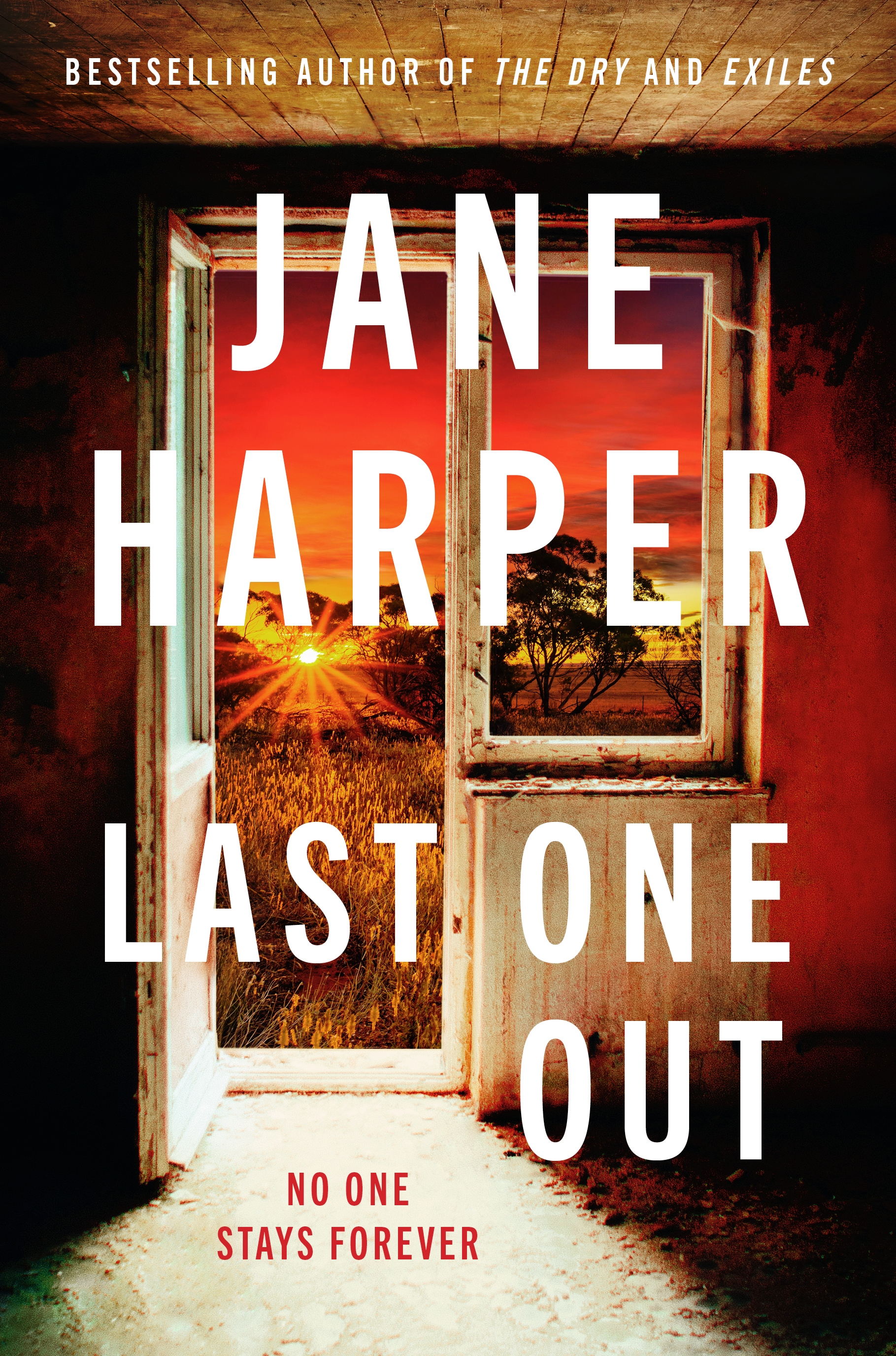
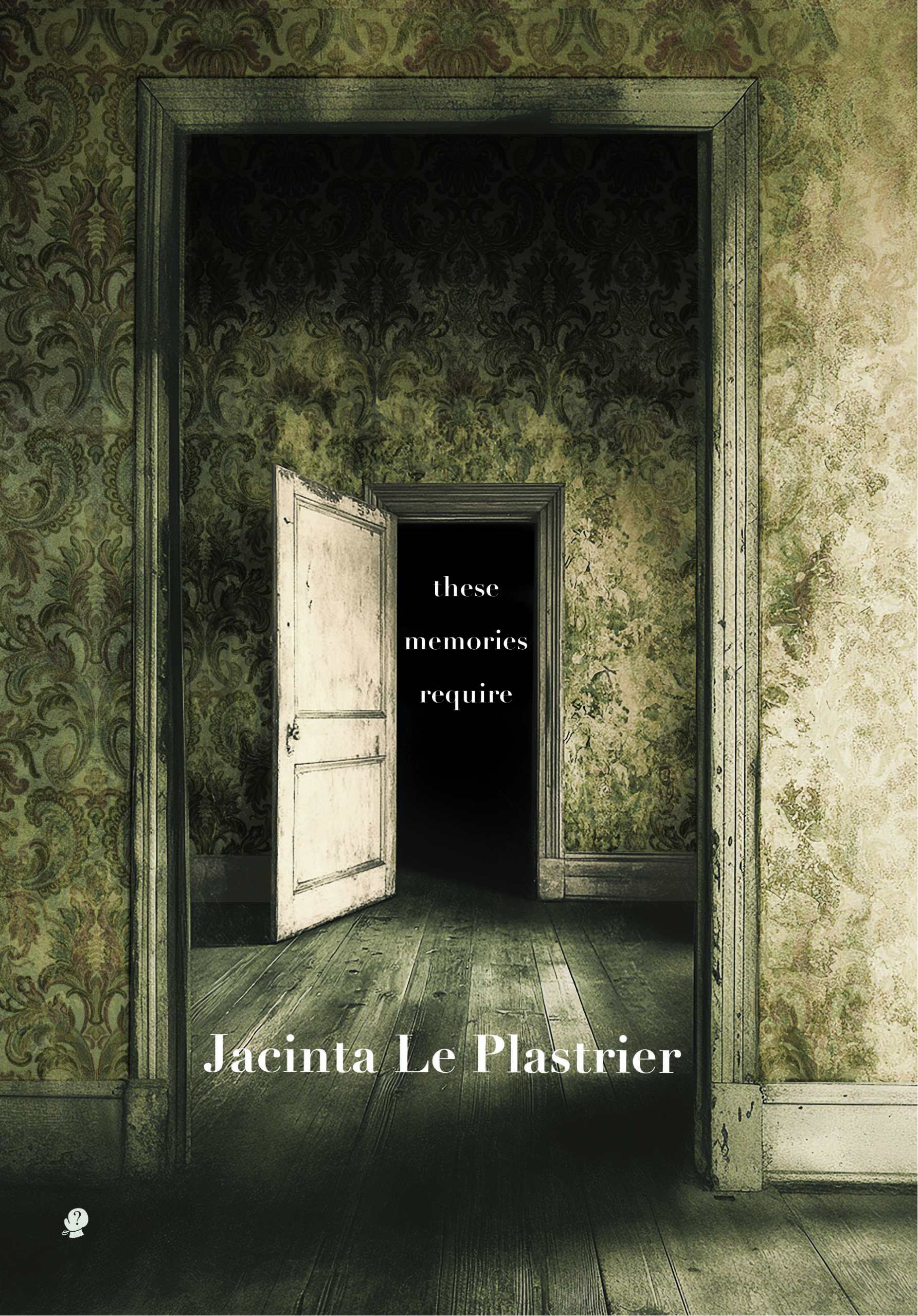

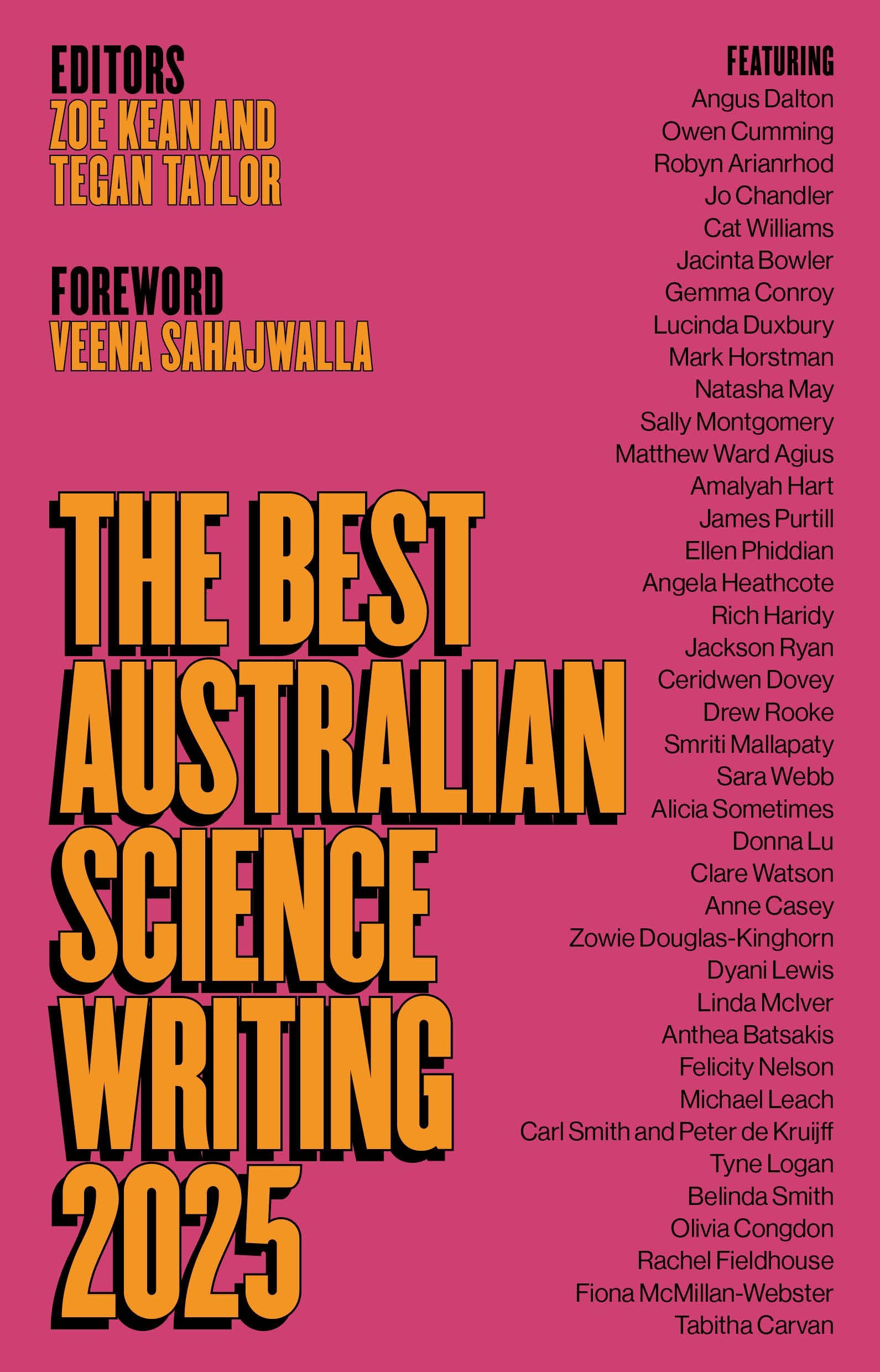
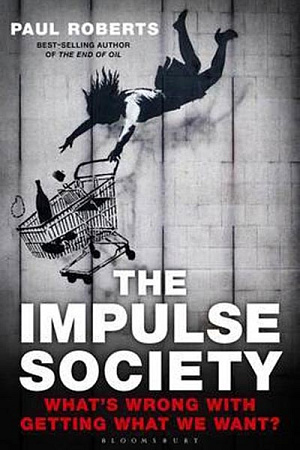
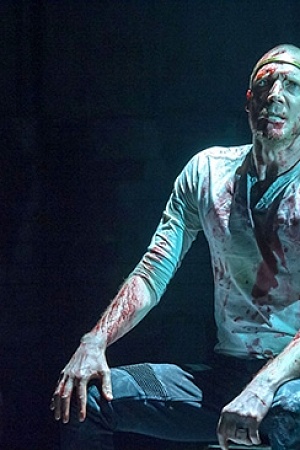

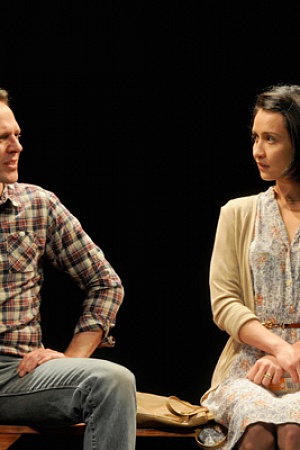
Leave a comment
If you are an ABR subscriber, you will need to sign in to post a comment.
If you have forgotten your sign in details, or if you receive an error message when trying to submit your comment, please email your comment (and the name of the article to which it relates) to ABR Comments. We will review your comment and, subject to approval, we will post it under your name.
Please note that all comments must be approved by ABR and comply with our Terms & Conditions.